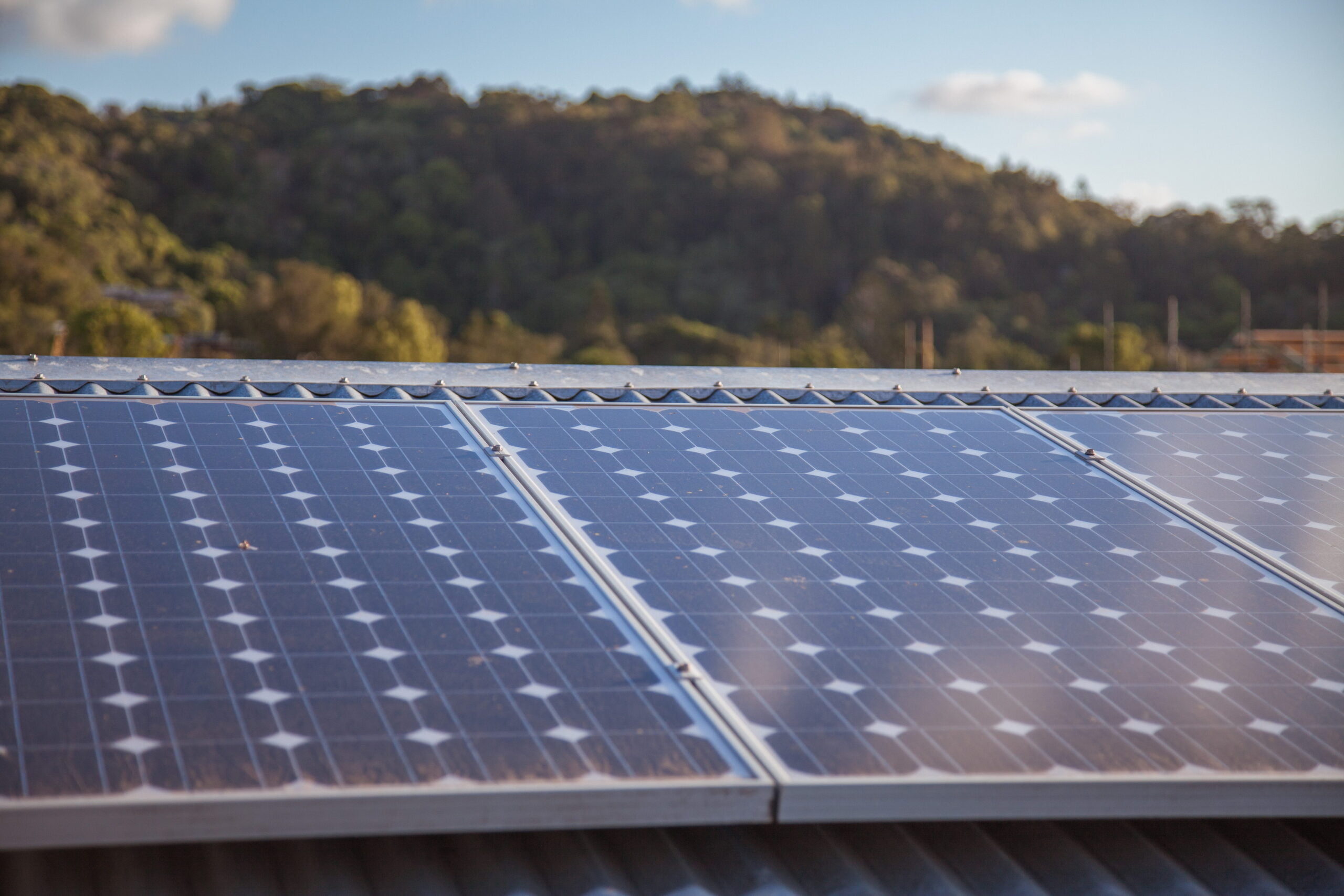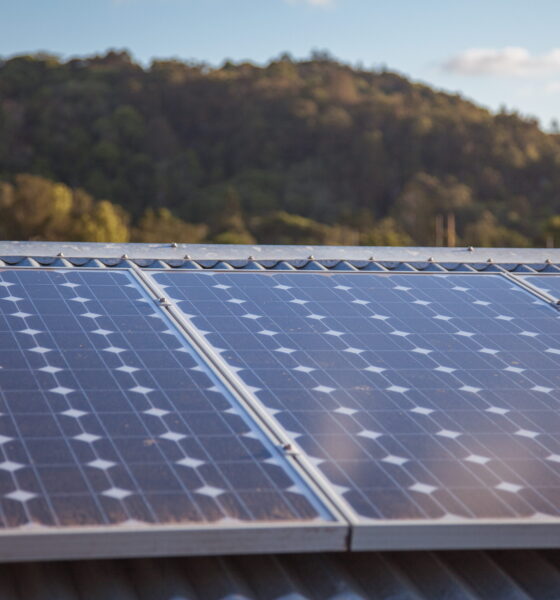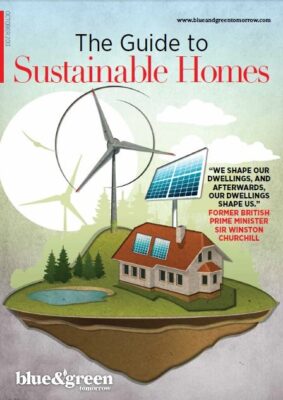

Energy
Creating a low-carbon home of your own
Richard Griffiths of Parity Projects writes about the important and necessary steps you need to take to create an efficient, low-carbon and comfortable home.
This article originally appeared in Blue & Green Tomorrow’s Guide to Sustainable Homes 2013.
With energy prices on a seemingly never-ending upward spiral, more and more people are taking energy efficiency seriously. The fact is that the UK has some of the oldest, coldest and leakiest houses in Europe, and fixing the problem will have benefits for everyone in the form of lower bills, reduced carbon emissions, greater energy security, jobs and growth and, of course, warmer, more comfortable homes.
Unfortunately, ‘retrofit’ (as energy efficiency improvements are often called) isn’t always the easiest thing for a householder to get their head around. There are so many different measures to choose from, with each manufacturer making claims about how their product is the most essential. And if you visit information websites, they are usually packed with generic facts and figures that apply to a mythical ‘typical’ house or the ‘average’ family.
But who exactly is this average family and where is their typical house? We’ve certainly never come across them. At Parity Projects, we believe that every house unique. Some differences are obvious, others less so. Even neighbouring properties, built by the same people at the same time, that look the same from the outside, may have had different changes made over the years – from new windows to extensions and loft conversions.
Then there are the people inside. The most appropriate energy efficiency measures for a professional couple tend to be very different to those needed by a large family. Each household is also likely to have its own aspirations, budget and timescales, all of which will affect the best way to improving their home’s performance.
That’s why every retrofit project should ideally start with an in-depth assessment that compares the different options available and analyses which are the most appropriate for that particular house and its occupants. It’s something that the government has recognised in its development of the national green deal scheme, which requires customers to start the process with a basic assessment.
And it’s why we developed our award-winning Home Energy Masterplan service. We look in great detail at the physical characteristics of property and its occupants – their lifestyle, aspirations and budget – and analyse which of the multitude of options available will best meet their specific needs. And after many hundreds of assessments we’re often still surprised by the results.
A good assessment can save a great deal of unnecessary expense and disappointment. It’s easy, for example, to assume that installing double-glazed windows will solve your energy problems, but it may be that you can make bigger savings at much lower cost with a bit of draft-proofing and some additional insulation in your loft. Likewise many people get carried away with exciting technologies such as solar panels and heat pumps, when in fact they only make (financial) sense for a relatively small proportion of homes.
It’s also important to account for your wider plans. If you’re thinking about re-decorating, installing a new kitchen, or building an extension, seek advice from an expert on what energy efficiency measures you can install at the same time. When undertaken at the same time as other home improvements, the additional cost of retrofit can be much, much lower than if it is undertaken as a stand-alone project.
At the same time, it is important to consider whether you plan to move in the near future, or start a family and so on. These things all make a difference to what you should do, and how you should go about it.
If all that sounds complicated, don’t worry. In recent years the retrofit sector has grown significantly and there are now an every-increasing number of companies out there that can help you with expert advice and support – from up-front planning to project management services.
With a little bit of careful planning, there is no reason why your house can’t be an ‘eco’ house, and in most cases it should be achievable at a very reasonable cost. And if you do it right, you’ll never have to dread a cold winter ever again.
Richard Griffiths is business development manager at Parity Projects.
Further reading:
Solo living is not helping the only Earth we have
Sustainable design should change our behaviour for good
Sustainable mortgages: designed as if people and the planet matter
Energy efficiency needs a ‘foot in the door’ of home renovation market


 Environment10 months ago
Environment10 months agoAre Polymer Banknotes: an Eco-Friendly Trend or a Groundswell?

 Environment11 months ago
Environment11 months agoEco-Friendly Home Improvements: Top 7 Upgrades for 2025

 Features9 months ago
Features9 months agoEco-Friendly Cryptocurrencies: Sustainable Investment Choices

 Features10 months ago
Features10 months agoEco-Friendly Crypto Traders Must Find the Right Exchange





























